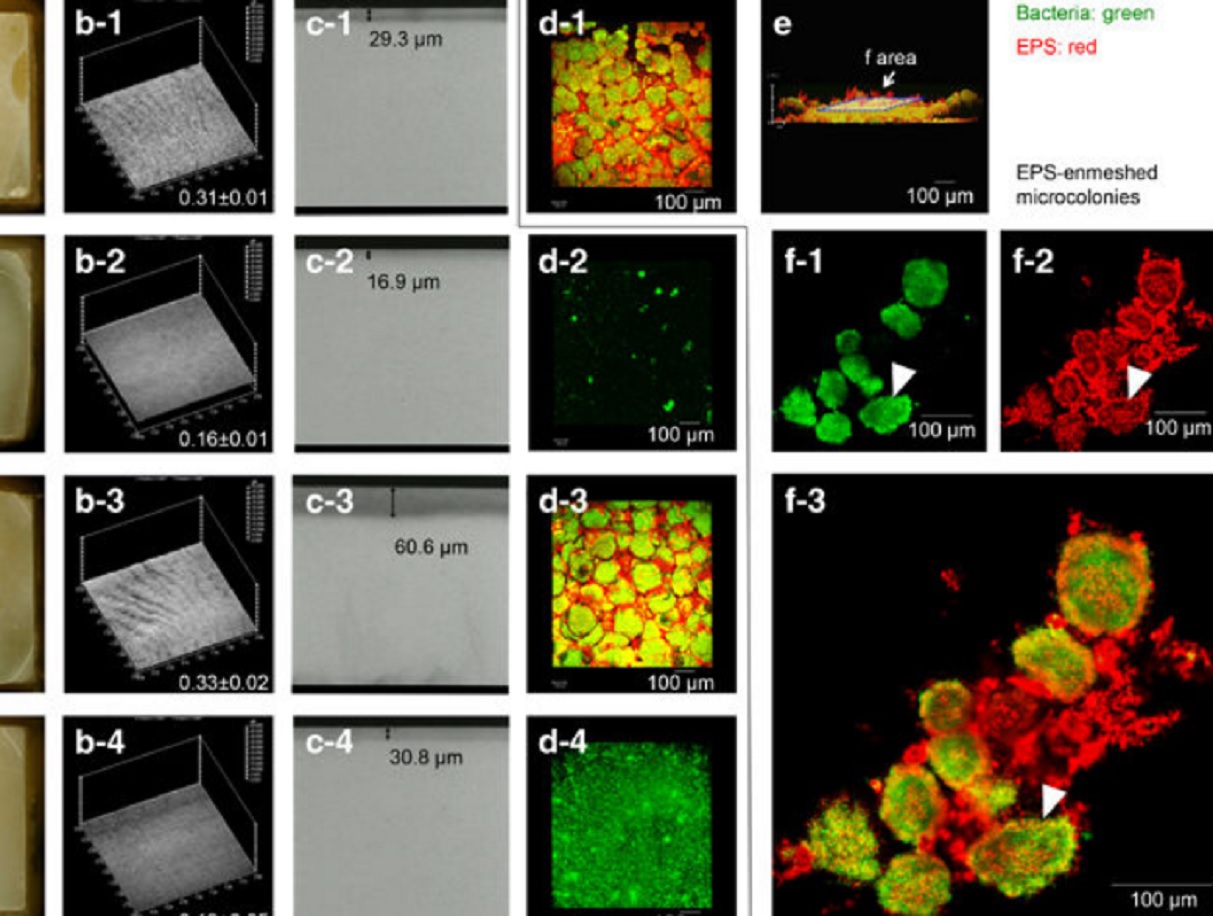Biofilm three-dimensional architecture influences in situ pH distribution pattern on the human enamel surface

Acidic microenvironments created by bacterial clusters thriving in a polysaccharide matrix could be behind localized tooth decay. Jin Xiao of the University of Rochester Medical Center and Geelsu Hwang of the University of Pennsylvania with colleagues in the US mapped acidity changes across tooth enamel caused by the microstructure of dental plaque: a film of bacteria and the polysaccharide matrix they secrete. Using fluorescence microscopy, they studied the 3D architecture of plaque that formed on human enamel specimens exposed to sugar solutions. They also measured acidity levels and surface roughness on the enamel. Enamel exposed to sucrose revealed densely packed bacterial clusters surrounded by polysaccharide matrix, creating localized acidic environments and deep lesions on the enamel surface. Biofilms on enamel exposed to glucose or fructose did not form organized bacterial clusters.